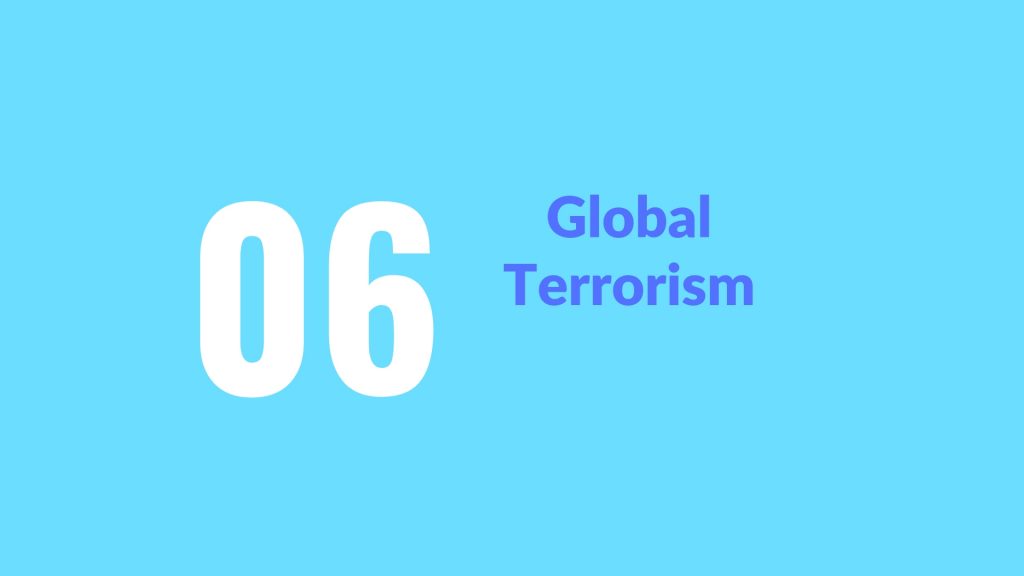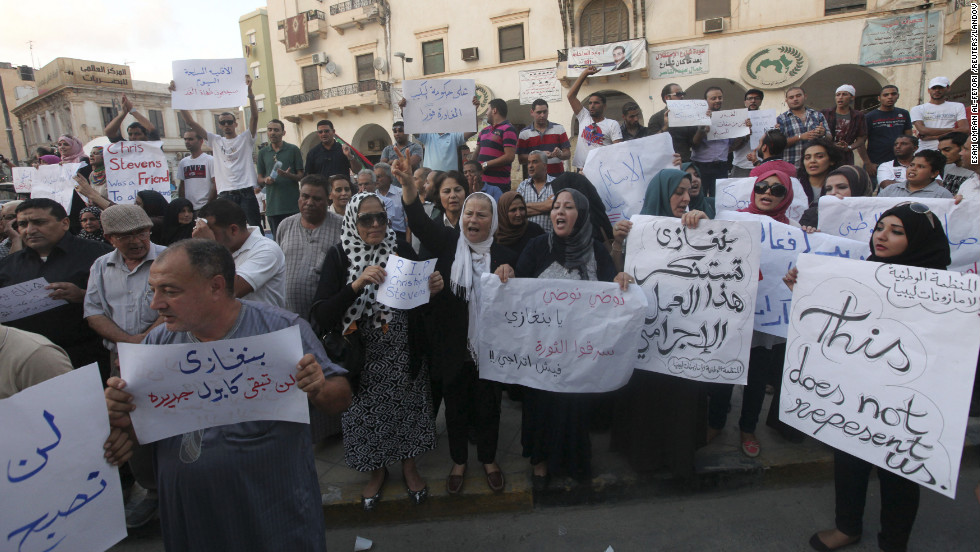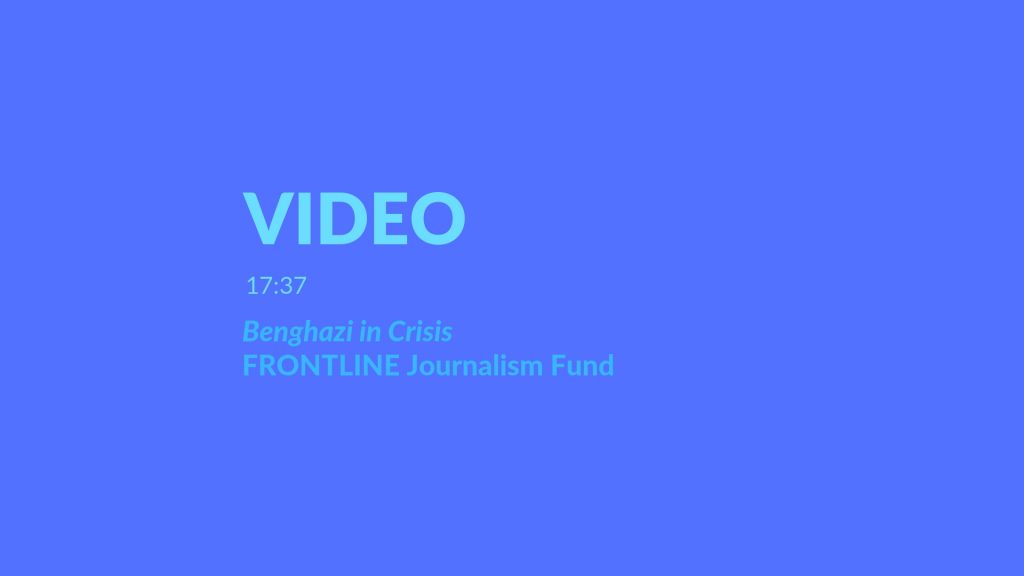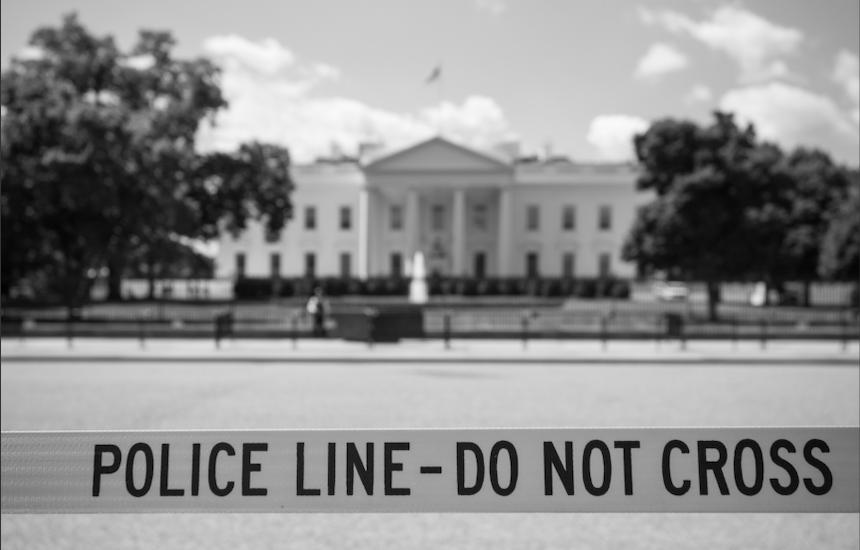
In the sixth episode of ‘Benghazi Unraveled,’ the events from the 2011 revolution and 2012 attack are linked to the state of Libya and rebel groups today.
Post-Gaddafi regime in Libya, there was a lack of state structure or control (“Ansar al-Sharia”). Various militias, military group and rebel groups continued to thrive without an overarching state structure, such as Ansar al-Sharia in Libya (ASL), formed in 2012. ASL was the group which claimed the Benghazi terrorist attack (Ronen, 2017). Prior to the attack, the group was called “Katibat Ansar al-Sharia in Benghazi” but changed its name to appear more nationally based (“Ansar al-Sharia”).

To take down Gaddafi’s regime in 2011, NATO forces conducted airstrikes in Libya under the guise of protecting civilians, as well as provided military liaisons and advisors to rebel leadership (Traynor, 2011). However, from the beginning, the airstrikes were intended to overthrow the regime (Kuperman, 2013).
At first, the strikes were considered by many as a “humanitarian success” of a policy called ‘responsibility to protect,’ but in fact it failed by causing humanitarian suffering, abuses and increased the death toll because it revived the rebels who had begun retreating (Kuperman, 2013). Additionally, the environment exacerbated in Libya by the NATO airstrikes was not in response to Gaddafi forces violently putting down protestors. According to the United Nations and Amnesty International, violence was started by protestors and lower that press indicated.
ASL then gained prominence in Libya by establishing local, community ties, and branching out from Benghazi (“Ansar al-Sharia”). In 2012, the variety of militias, some related to al Qaeda, and other groups in Benghazi who attacked clouded identification of the American compound attackers, and in the wake of Gaddafi’s government, the most radical Islamist rebels refused to submit (Zelin, 2015; Kuperman, 2016). Despite the 2012 democratic election, the rebels perpetrated racial or ethnic violence in Libya, perpetrating “reprisal killings” and expelling black residents (Kuperman, 2013).

There had been a brief period of democracy and of Benghazi as a “livable city” before violence escalated in 2012, but since that time, the West has been effectively pushed out of Libya, and the country is split politically (Chorin, 2016; Alkaff, 2015). Libya does not have the institutions it needs to support itself as an economic and political entity, even though it is technically under a UN appointed administration (“Why is Libya,” 2019).

“Civil War in Libya.” Global Conflict Tracker, Council on Foreign Relations, 29 Apr. 2019. www.cfr.org/interactive/global-conflict-tracker/conflict/civil-war-libya. Accessed 29 Apr. 2019.
Kilani, Feris. “Benghazi in Crisis.” FRONTLINE Journalism Fund, PBS, 3 May 2016, www.pbs.org/wgbh/frontline/film/benghazi-in-crisis/. Accessed 29 Apr. 2019.

Alkaff, Syed Huzaifah Bin Othman. “Libya.” Counter Terrorist Trends and Analyses, JSTOR, vol. 8, no. 1, 2015, pp. 112–115, www.jstor.org/stable/26369577. Accessed 20 Apr. 2019.
“Ansar al-Sharia in Libya.” Terrorism Research & Analysis Consortium, The Beacham Group. www.trackingterrorism.org/group/ansar-al-sharia-libya-asl. Accessed 23 Apr. 2019.
“Benghazi Mission Attack Fast Facts.” Cable News Network, Turner Broadcasting System, Inc., 4 Sept. 2018, www.cnn.com/2013/09/10/world/benghazi-consulate-attack-fast-facts/index.html. Accessed 22 Apr. 2019.
Chorin, Ethan. “Setting the Record Straight on Benghazi.” Foreign Affairs, 10 Feb. 2016, www.foreignaffairs.com/articles/libya/2016-02-10/setting-record-straight-benghazi. Accessed 14 Apr. 2019.
Kilani, Feris. “Benghazi in Crisis.” FRONTLINE Journalism Fund, PBS, 3 May 2016, www.pbs.org/wgbh/frontline/film/benghazi-in-crisis/. Accessed 29 Apr. 2019.
Kuperman, Alan. “Lessons from Libya: How Not to Intervene.” Quarterly Journal: International Security, Harvard Kennedy School Belfer Center for International Affairs, Sept. 2013. www.belfercenter.org/publication/lessons-libya-how-not-intervene. Accessed 15 Apr. 2019.
Ronen, Yehudit. “Libya: Teetering Between War and Diplomacy The Islamic State’s Role in Libya’s Disintegration.” Diplomacy & Statecraft, vol. 28, no. 1, Mar. 2017, pp. 110–127. EBSCOhost, doi:10.1080/09592296.2017.1275518. Accessed 17 Apr. 2019.
Traynor, Ian. “Libya: NATO Bombing of Gaddafi Forces ‘Relying on Information from Rebels.” The Guardian, Guardian News & Media Limited, 18 May 2011. www.theguardian.com/world/2011/may/18/libya-nato-bombing-benghazi-rebel-leaders. Accessed 13 Apr. 2019.
“Why is Libya so Lawless?” BBC, 10 Apr. 2019. www.bbc.com/news/world-africa-24472322. Accessed 16 Apr. 2019.
Zelin, Aaron Y. “The Rise and Decline of Ansar Al-Sharia in Libya.” Current Trends in Islamist Ideology, vol. 18, May 2015, pp. 104–118. EBSCOhost, search.ebscohost.com/login.aspx?direct=true&AuthType=ip,shib&db=poh&AN=103259468&site=eds-live&scope=site&custid=asc1. Accessed 19 Apr. 2019.






